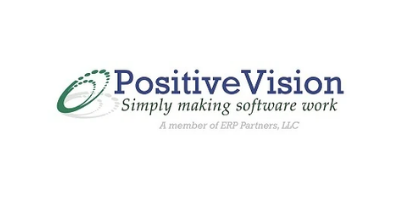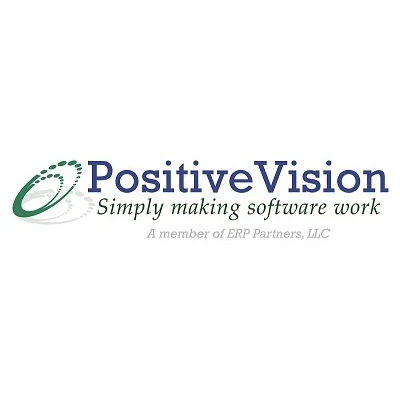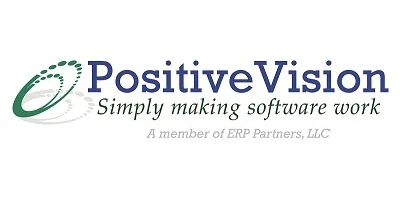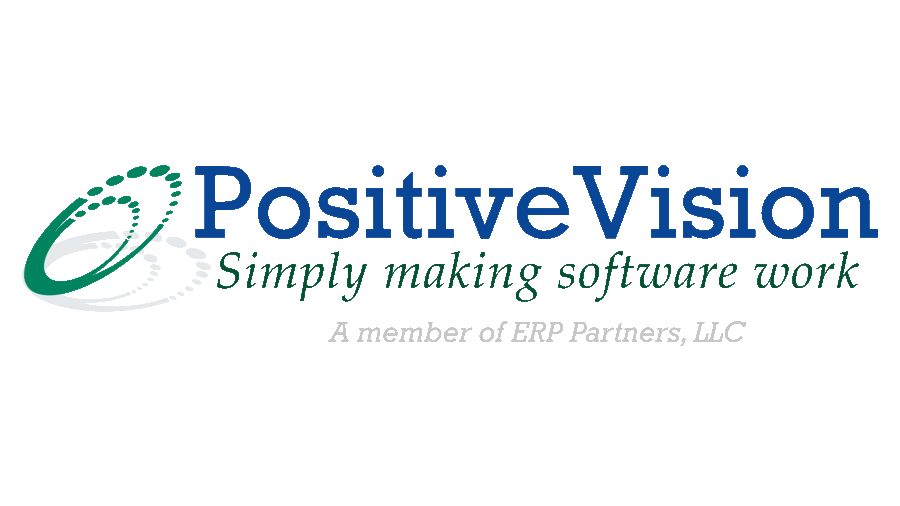It’s almost hard to believe that 2020 is coming to a close. But Finance and Accounting professionals are already looking toward to the end of the year. For some, preparing for year-end close won’t start until the end of December. But that can involve a mad dash to review data stored in accounting software, contacting vendors to verify information, and then closing the books.
Business Automation and Software Blog
Robert Baran
Recent Posts
Use Your Accounting Software Now to Prepare for an Easier Year-End Close
The Four Basics to Accurate and Rapid Manufacturing Quotations
A request for a quote is a key step in closing a sale, especially for manufacturers. But if your manufacturing quotation process involves checking multiple spreadsheets and an email chain for price information, or using an old quote as a template to manually create (or populate!) a new one, or obtaining information that is only accessible so long as the right person is in the office and available to chat, you run the risk of creating inaccurate quotes that could lose business, or worse: profit.
Topics: manufacturing quotations
The Remote CFO’s Guide to Closing the Books from Home
The coronavirus crisis is a stress test for businesses across every industry and in every geography. In a very short period of time, it has changed the way we do business. What hasn’t changed because of COVID-19? The accounting calendar, for one.
Top Technology Trends for Business Process Improvement in the Pandemic and Beyond
Technology has proven essential to many for getting on with daily lives during this pandemic. COVID-19 has proved the ultimate catalyst for the digital transformation of many companies, accelerating major trends that were already underway prior to March 2020. Supporting digitization and updating to the latest technology for business process improvements are going to prove not only useful but essential for businesses who wish to remain competitive in the post-COVID world.
Topics: business process improvement
It’s no secret or surprise that the 2020 coronavirus pandemic has changed how businesses run, consumers shop, and suppliers deliver. What had seemed like a fairly balanced system of supply and demand has experienced significant ripple effects. Businesses who had previously relied on global sourcing are now working on supply chain optimization during these disruptions. Is it time to broaden supplier choices, or source more locally? How much inventory—from raw materials to finished products—should they stock? Supply chains are in crisis.
Topics: supply chain optimization
Throughout these past few months, many companies have shown amazing resiliency and agility, pivoting to make different products that can stem from current processes and have a positive impact on current needs: car manufacturers creating ventilators, distilleries creating hand sanitizer, textile and clothing companies making masks and PPE. The list goes on.
Topics: business agility
Manufacturing Challenges … and New Opportunities … as the Economy Reopens
While many front office business functions look to continue operating remotely until the end of 2020, many manufacturers have been open since May, with others having continued the entire time as essential businesses. For the most part, businesses were able to respond to manufacturing challenges and disruptions caused by COVID-19 quickly and responsibly, putting them as leaders in responding to issues and setting examples for other industries to follow. However, that does not mean that manufacturers are above facing challenges as the economy continues to roll out reopening.
Topics: manufacturing challenges
ERPs already deliver process automation across industries, organizations, even departments. These systems are designed to depend on recurring events, static rules, and structured data. Because of this setup, often unstructured data cannot be automatically processed and must be manually entered.
Topics: ERP chatbot, SYSPRO chatbot
5 Accounting Management Tips for the Next Normal
Over the past several months of the first waves of disruption due to COVID-19, CFOs and finance teams have worked nonstop to lead organizations through the immediate crisis. But while we’ve flown through the initial turbulence, there are indications that more dips and bumps are coming.
Topics: accounting management
Positioning Manufacturing and Distribution for the Next Normal
For the first time in modern manufacturing and distribution industries, demand, supply, and workforce availability have been impacted globally at the same time. Every major manufacturer has experienced disruptions across the supply chain for parts and raw materials, much of which has been driven by recurring volatility of supply from Asia.
Topics: manufacturing and distribution








 © 2019 PositiveVision • 219 E. Thorndale Ave. Roselle, IL 60172
© 2019 PositiveVision • 219 E. Thorndale Ave. Roselle, IL 60172